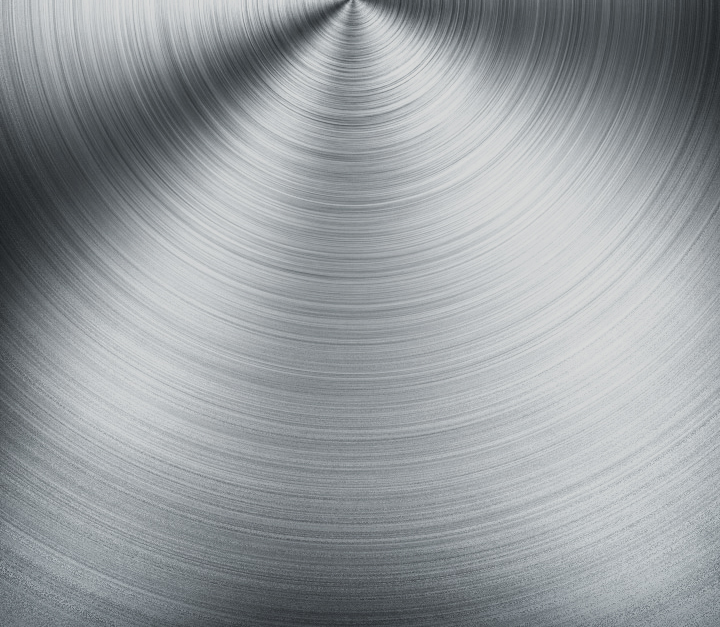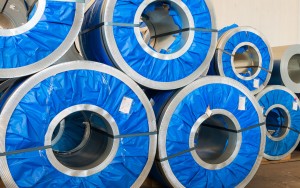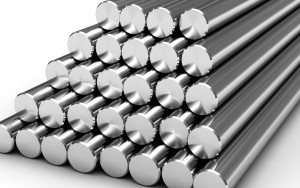Austenitic, Martensitic stainless steel
(sheets, coils, pipes, round, square, flat, hexagonal bars)
Stainless steel sheets Aisi 304 – 304L – 316L – 316 Ti 321 – 309 – 310 – 430
Cold-rolled steel sheets 2B – BA
Thickness: from 0.5 to 6 mm
Hot-rolled steel sheets
Thickness: from 3.00 mm to 100 mm
Brushed steel sheets – Glossy – Scotch Brite
Standard sizes:
- 1000×2000
- 1000×3000
- 1000×4000
- 1250×2500
- 1250×3000
- 1500×3000
- 1500×4000
- 2000×3000
- 2000×4000
Flattened sheets available on request
Steel wires and strips
Standard sizes:
Thickness: min. 0.40 mm max. 3.00 mm
Inner diameter: min. 508 mm max. 610 mm
Width: min. 100 mm max. 1500 mm
Thickness: min. 0.40 mm max. 3.00 mm
Inner diameter: min. 600 mm max. 1350 mm
Outer diameter: min. 600 mm max. 1350 mm
Width: min. 10 mm max. 500 mm
Elongated products
Austenitic stainless steel Aisi 304 – 309 – 310 – 316
Martensitic stainless steel Aisi 304 – 309 – 310 – 316
- Round bars
- Angular bars
- Sheared plate
- Rolled plate
- Square bars
- Hexagonal bars



